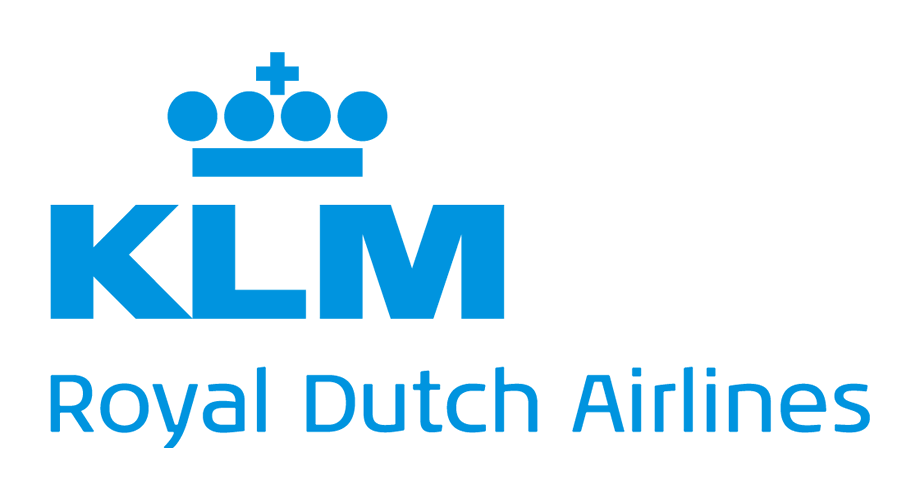INSURANCE
It is advisable to check with your current insurance provider to confirm if your policy covers illness or accidents while traveling abroad.
Often, such coverage is included in your existing policy. If not available, we strongly recommend considering supplemental insurance to safeguard against unexpected expenses or emergency repatriation due to health issues or accidents.
Additional areas to consider insurance coverage:
- Delayed Luggage
- Hospitalization
- Mountain Evacuation
- Accidental Demise and Repatriation of Remains
For added protection, trip cancellation insurance can also be beneficial, given the extended time between booking and departure.
We recommend the following two insurance companies:
Call Brandon Hughbanks from Travelex!
Toll-Free: 1-866-979-6753 Ext: 3636
Email: [email protected]
FLIGHTS AND VISAS
Unfortunately, there are no direct flights connecting North America and Kilimanjaro International Airport (JRO).
Based on our experience, KLM (Royal Dutch Airlines) offers the most convenient and time-efficient service to Kilimanjaro, with frequent departures from the USA and Canada.
Flights from the East Coast of North America with KLM typically have layovers in Amsterdam for approximately 2 hours before continuing to Kilimanjaro International Airport. Arrival at the airport is usually around 8:00 PM local time.
Airlines such as Qatar Airways, Ethiopian Airlines, Turkish Airlines, Lufthansa, and even more. These are also great options depending on where you are flying from in the world.
Entry into Tanzania requires a visa, which can be obtained upon arrival at Kilimanjaro International Airport. The processing time comes on a first come first serve basis and can take even up to one hour. Airport authorities will guide you through the process.
It is also possible to purchase an E-Visa online prior to arriving to Tanzania. We recommend doing this at least 30 day before your scheduled arrival date in Tanzania.
There is also a possibility that the E-Visa does not get approved in time, causing you to pay again in cash at the airport in USD.
To avoid this, it is best to apply for your E-Visa at least 30 days prior to your arrival in Tanzania. It is best to visit Tanzania’s E-Visa Immigration website to get more information and start the process.
IMMUNIZATIONS
Preparing for Mt Kilimanjaro may require certain vaccines. These vaccines may be mandatory for travel to Africa. For comprehensive health-related advice and vaccine recommendations, please consult the CDC – Centers for Disease Control and Prevention website to get an idea of what you may need to travel to Tanzania from your home country. It is also a great idea to visit your doctor and discuss these vaccinations. Click the photo below to visit the section on the CDC website for Tanzania.
GASTROINTESTINAL DISTURBANCES
To minimize the risk of gastrointestinal disturbances, follow these simple precautions:
- Consume only bottled water and beverages.
- Refrain from interacting with local animals.
- Avoid purchasing food from roadside vendors.
MALARIA
The threat of malaria is relatively low in Arusha and the Mount Kilimanjaro region but increases in coastal and humid areas.
We still advise taking malaria prophylaxis during your stay in East Africa.
Consult your physician for the most suitable preventive medication.
Using insect repellents containing DEET below altitudes of 9,000 feet and wearing long-sleeved shirts and pants are also recommended.
We do not really encounter mosquitos on Kilimanjaro as we normally begin our climbs at around 7,500-8,000 ft. Insect repellant is best used for lower elevations.
Mosquito repellant is not really necessary for the mountain, but great to bring for the rest of the country.
ACCLIMATIZATION
Preparing for Kilimanjaro can also refer to acclimatization. Our treks commence with a 2-day stay in Arusha, situated at 4,593 feet (1,400 meters). These two days add a buffer before the expedition begins, which allows those who come from sea level to acclimatize in Arusha.
Throughout the climb, our experienced Head Guide will monitor your oxygen saturation and heart rate regularly. It’s common for oxygen levels to decrease and heart rates to increase during the ascent.
Climbers may experience mild Acute Mountain Sickness (AMS) symptoms, such as headaches, nausea, loss of appetite, insomnia, and general discomfort. Proper hydration and specific medications can help manage these symptoms.
Diamox is a commonly used drug for AMS, but consult with your doctor before usage. Any symptoms should be immediately communicated to our Head Guide.
In severe cases, descent or the use of our Portable Altitude Chamber (Hyperbaric Chamber) may be necessary before evacuation to a lower altitude. Safety is our top priority at Kiliwarrior Expeditions so we are proactive on
PHYSICAL FITNESS
Climbing Mt. Kilimanjaro is known as a non-technical climb, meaning it doesn’t require specialized climbing gear or experience. However, being in good physical condition and maintaining overall health is essential for a great experience and successful climb.
We highly recommend undergoing a comprehensive medical check-up prior to your climb. Inform your doctor about your intention to conquer Mt. Kilimanjaro to receive suitable advice. For safety reasons, individuals with cardiovascular complications are strongly advised against attempting the climb. Your doctor will be able to inform you of these safety reasons should they be applicable to you.
If you are not accustomed to regular physical activity, consider starting a fitness regimen at least six months before your Kilimanjaro adventure. Your workout plan could include:
- Regular walks, preferably in your hiking boots (especially if they’re not yet broken in), covering a minimum of 2 miles daily.
- Opting for hiking routes with varying elevations to strengthen your calf and leg muscles, simulating the terrain of Kilimanjaro.
- Utilizing a treadmill and adjusting inclines to mimic the mountain’s gentle and steep slopes.
Remember, climbing Mt. Kilimanjaro is not just a physical challenge but also a testament to your determination and perseverance. With proper preparation and a positive mindset, reaching the Roof of Africa is an attainable dream! We like to say the climb is 50% mental and 50% physical. Preparing for Kilimanjaro definitely requires having an exercise regimen in place



